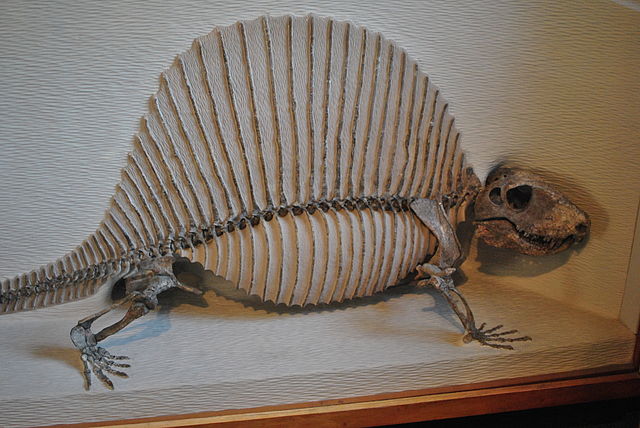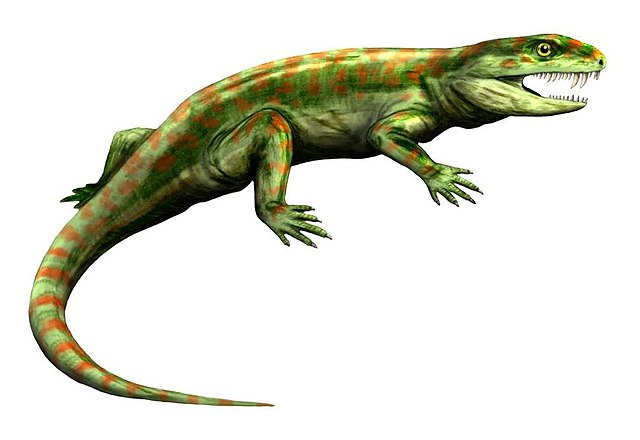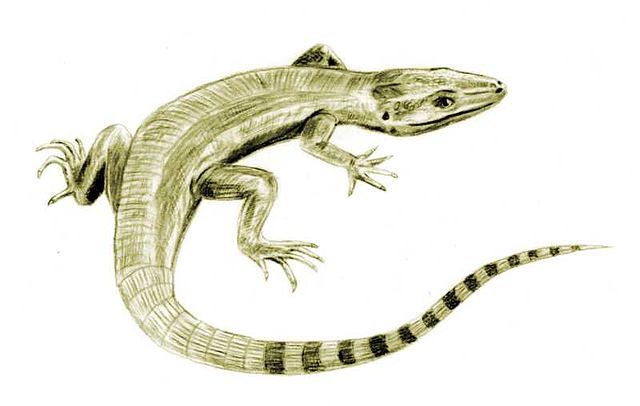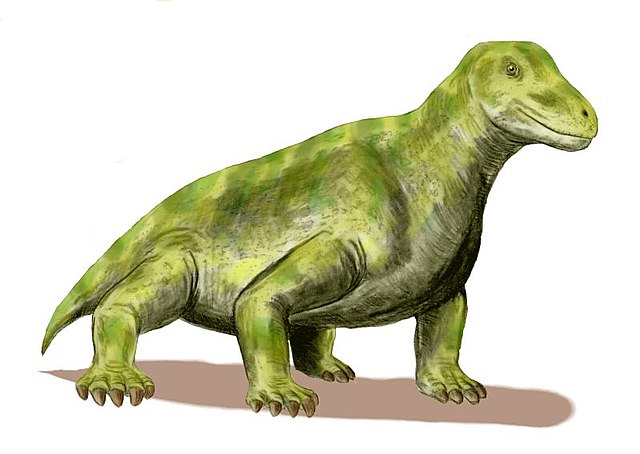Pelycosaur is an older term for basal or primitive Late Paleozoic synapsids, excluding the therapsids and their descendants. Previously, the term mammal-like reptile had been used, and pelycosaur was considered an order, but this is now thought to be incorrect, and seen as outdated.
Pelycosaur
Comparison of "pelycosaurian" skulls: 1 sphenacodont, 2 ophiacodont, 3 caseid. The quadratojugale is green, squamosale is red, jugale is blue.
Cotylorhynchus (background), Ophiacodon and Varanops
Eothyris
Synapsida is one of the two major clades of vertebrate animals in the group Amniota, the other being the Sauropsida. The synapsids were the dominant land animals in the late Paleozoic and early Mesozoic, but the only group that survived into the Cenozoic are mammals. Unlike other amniotes, synapsids have a single temporal fenestra, an opening low in the skull roof behind each eye orbit, leaving a bony arch beneath each; this accounts for their name. The distinctive temporal fenestra developed about 318 million years ago during the Late Carboniferous period, when synapsids and sauropsids diverged, but was subsequently merged with the orbit in early mammals.
Synapsida
The sea otter has the densest fur of modern mammals.
Archaeothyris, one of the oldest synapsids found
Moschops was a tapinocephalian from the Middle Permian of South Africa.








